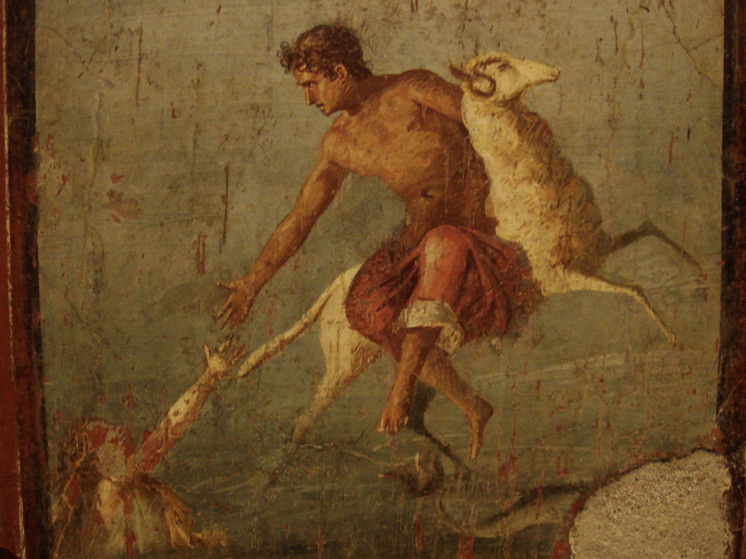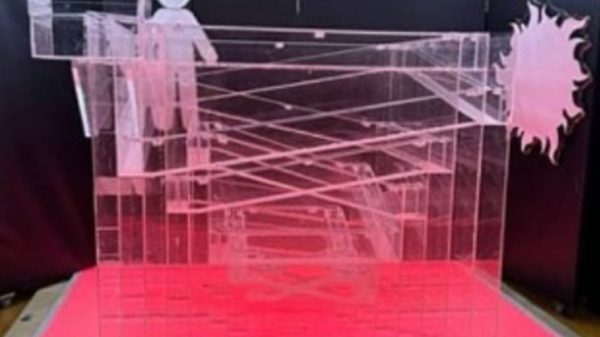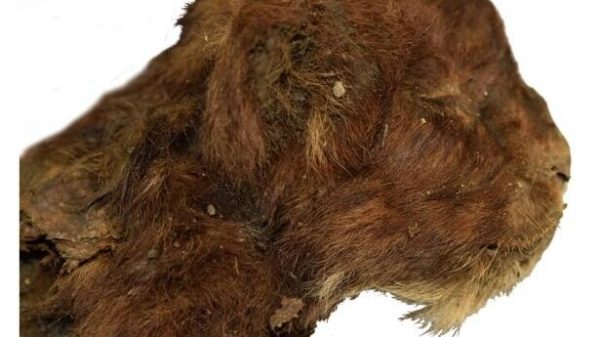It depicts mythological characters
Archaeologists have found a fresco in Pompeii depicting Greek mythological siblings: Phrixus and Helle are depicted in bright colors with exquisite craftsmanship in a remarkable discovery by scientists.

In a remarkable discovery in the ancient Roman city of Pompeii, archaeologists have unearthed a fresco depicting the Greek mythological siblings Phrixus and Helle, writes The Guardian.
Gabriel Zuchtriegel, director of the Pompeii Archaeological Park, describes the discovery as moving a reflection of history unfolding again.
“History has repeated itself,” says Suchtriegel, providing the latest news on excavations and restoration work. – This is a beautiful fresco in an excellent state of preservation. The myth of Phrixus and Hellus is widespread in Pompeii, but it is also relevant. They are two refugees at sea, brother and sister, forced to flee because their stepmother wants to get rid of them, and she does it through deception and corruption. She [Hella] fell into the water and drowned.”
The fresco displays vibrant colors and exquisite craftsmanship, depicting Hella on the verge of drowning, her face obscured by the waves as she reaches out her hand to her brother.
According to ancient Greek legend, Phrixus and Helle were the children of the Aeolian king Athamas, who were persecuted by their jealous stepmother. King Atamant decided to sacrifice Phrixus and Gella to the gods, but Hermes (or, according to another version, Zeus) sent a golden-fleeced ram, which carried away the brother and sister on his back. Along the way, Hella fell from fear into the sea, which was later named the Hellespont in her honor, and Phrixus managed to safely reach Colchis, where he sacrificed a golden-fleeced ram to Zeus, after which he received the royal daughter Halcyone as his wife. According to later versions of the same legend, the sacrificial ram ended up in the sky and turned into the constellation Taurus. Well, the Golden Fleece of Phrixus, hung in the sacred grove of Ares, subsequently became the subject of searches for Jason and the Argonauts who arrived in Colchis.
Suchtriegel expresses optimism that these carefully preserved houses will be made available to the public in the near future, highlighting the cultural and historical significance of this latest discovery.
The ancient city of Pompeii was destroyed in 79 AD by a volcanic eruption , which killed more than 2,000 people, recalls The Guardian. The ruins have become one of the most visited archaeological sites in the world.
The city, which attracts almost 4 million visitors a year, has come a long way since 2013, when UNESCO threatened to add it to its list of World Heritage Sites. threat unless Italian authorities improve its preservation.
Surprises discovered in recent months include 13 Nativity-style figurines, evidence of the pagan ritual traditions of the ancient Roman city, and, last June, a striking fresco a still life resembling a pizza, which includes an object suspiciously similar to a pineapple (which, as we know, became known to Europeans only after Columbus's discoveries of America).




















































Свежие комментарии